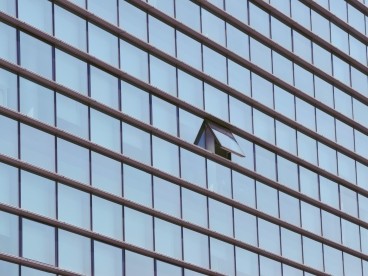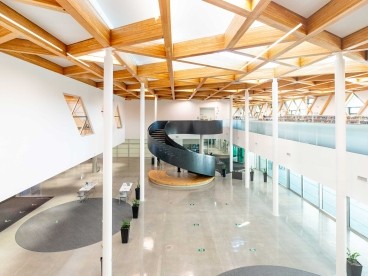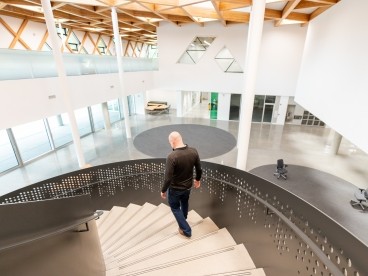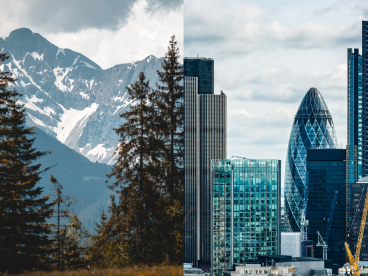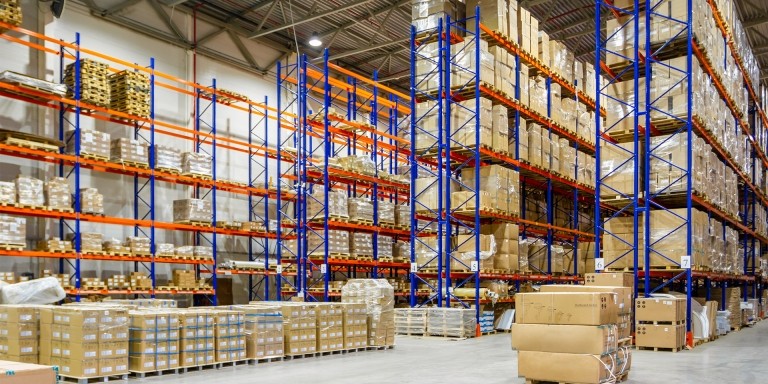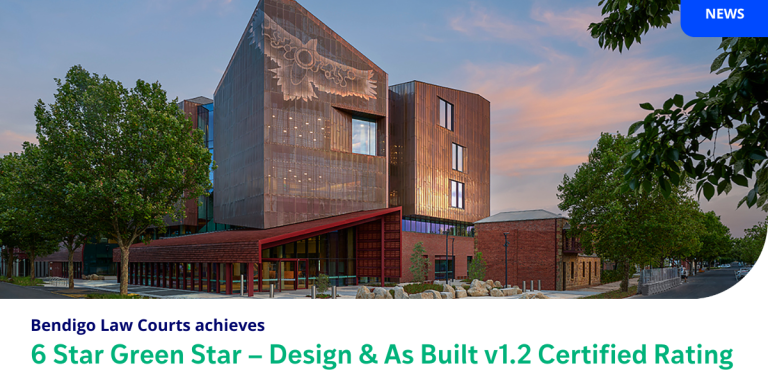Breathable Buildings: A Contemporary Examination of Natural Ventilation and its Role in the Future of Building Design
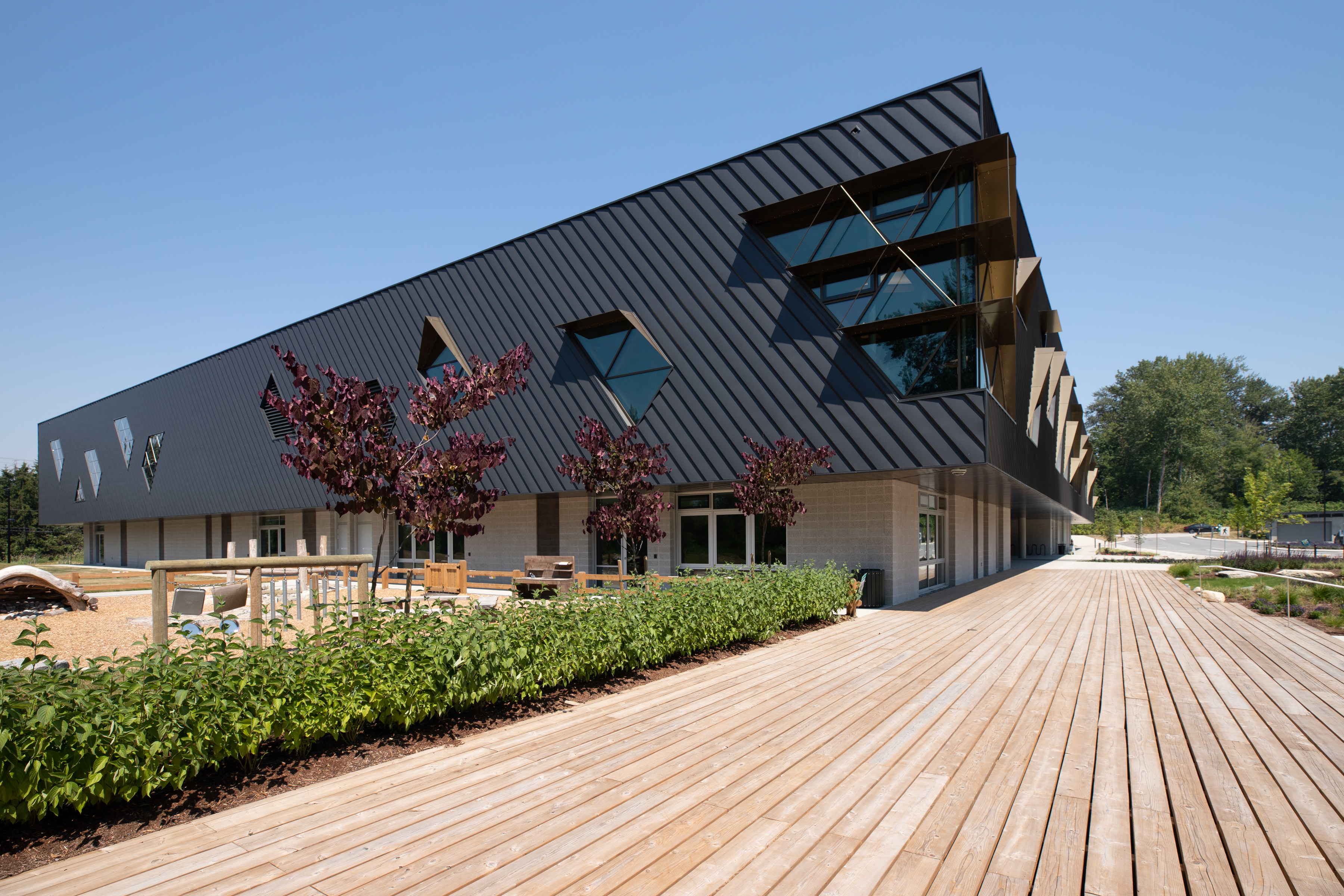
The concept of breathable buildings is grounded in the belief that the built environment should function as an extension of the natural environment, supporting human health and well-being by drawing inspiration from the beneficial properties of nature. By integrating natural ventilation, daylighting, and biophilic design principles, breathable buildings can enhance indoor air quality, reduce energy consumption, and improve occupant satisfaction and productivity. They could be a powerful solution to some of the most pressing challenges facing our world today.
This study is the result of a collaboration between Introba and Eckersley O’Callaghan, driven by a shared commitment to advancing sustainable, resilient, and healthy building design. It intends to spark meaningful discussions and inspire new approaches to building design that prioritize occupant health and well-being. The first section of the report focuses on the current drivers for natural ventilation in building design:
-
The modern workplace: The shift to hybrid working following the COVID-19 pandemic, as well as the associated economic slowdown, has caused companies, developers, and architects to rethink the modern workplace.
-
Industry advocacy: There is a swell of advocacy for healthy and resilient buildings across designers, engineers, industry bodies, and institutions, especially in areas where natural ventilation is less prevalent
-
Occupant health and well-being: By increasing outdoor air (OA) supply through natural ventilation, we can improve our cognitive function and overall health.
-
Climate emergency: The list of considerations for designing a resilient building gets ever longer. On top of heat waves and rising average temperatures, freak weather has increased the likelihood of extreme storms and blackouts.
The second section of the report focuses on key challenges and strategies. In market segments that are not considered standard business practice, the design and procurement of breathable buildings can be difficult, with hurdles including coordinating design elements across disciplines to finding the right ventilation products. The perceived risk associated with trying something new can also quickly lead to breathability falling from the list of project ambitions.
The project team drew on years of experience delivering naturally ventilated buildings to develop a framework for designing and delivering “breathable buildings.” This roadmap illustrates the key steps to take the risk out of the design and procurement process and protect ambitions for breathability that may otherwise become unviable.
This advisory piece on breathable buildings, in partnership with façade engineers Eckersley O'Callaghan, details why natural ventilation is an important design strategy with many co-benefits.
Through this work, we want to encourage clients and design teams to understand natural ventilation better, learn how to implement it effectively in projects, and make it an industry standard.
How can breathable buildings enhance high-rise buildings and help us achieve our climate goals?
More About Impact Fund
Related News
-
Jun 7, 2024
-
-
Mar 21, 2024
Bendigo Law Courts Set Environmental Benchmark with Green Star Rating
SustainabilityProjects & Work
